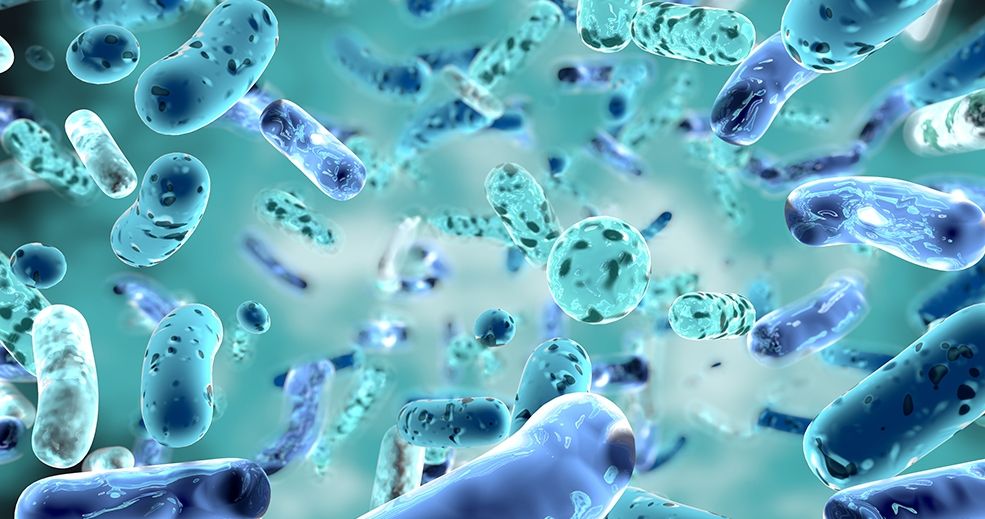
The microbiota paves the way for new therapeutic approaches
While a few years have gone by since it emerged from laboratories and found its way into public view thanks to the success of bestseller Gut , the microbiota remains more or less unknown as far as its applications are concerned.
But what exactly is the microbiota? Our bodies are home to bacteria organised into communities specific to each individual and each area of the body. These communities are known as microbiota. We have not just one microbiota but several, though most work in the field is focused on the gut microbiota.
Strategies to modulate or control the microbiota – notably through food – have been around for a long time, using prebiotics or probiotics, though without any precise understanding of the relationships between the products in question and their effects. In fact, products available on the market today are not therapeutic at all: they fall into the fields of food supplements and nutraceuticals, aimed at promoting health and well-being.
Advances in sequencing over the past twenty years have given us a better understanding of the diversity and complexity of the microbiota through its overall genetic information: the microbiome. These advances make it possible for us to properly explore correlations between imbalances of the gut microbiota (dysbiosis) and illnesses, paving the way for research into both the mechanisms behind the pathology and ways to modulate the microbiota for therapeutic purposes. The discoveries that have been made allow us to envision a new approach: the development of ranges of drugs based on the living organism (live biotherapeutic products or postbiotics) to provide the body with probiotics selected for their specific effects on a pathology, yielding a therapeutic approach in its own right. While most players are currently at the clinical development stage, the first authorisations could be issued as early as 2023. Individualised treatments taking into account a patient’s microbiotic signature could eventually add to the range of curative and preventive healthcare options for metabolic disorders, infectious diseases, cancers, etc.
Lastly, the make-up of the gut microbiota can already be altered through faecal transplantation. This procedure aims to transplant a healthy microbiota usually to a patient with a metabolic disease. While the scientific community is very focused on therapeutic applications, the microbiota will also be at the heart of developments in areas like food, nutraceuticals and cosmetics. While the medical potential has not yet been fully confirmed, the marketing of a microbiota-based treatment would likely be a game-changer in the field of personalised therapies.
1 Gut: The Inside Story of our Body’s Most Under-Rated Organ, Giulia Enders, Scribe UK, May 2015.







